





If you've already given up on growing something nice in the area between the sidewalk and curb, take a second look.
What is a hellstrip?
Hellstrip is a rather evocative word for the area between the street and sidewalk or driveway that is nearly impossible to keep verdant. Plants in a hellstrip, also known as a parking strip garden and boulevard garden, can suffer from drought, excess heat, root competition, salinity from road salting, and car exhaust. A hellstrip is really not a friendly place for plants. People will often struggle for years to keep grass alive; but if you don't want landscaping rocks, what can you do?
Happy Soil
For starters, you need to amend the soil. Soil full of organic material will better retain water and nutrients for plants in that desolate location. You could till in compost, make a raised bed, topdress with amendments, or build a lasagna bed. You'll also want to remove weeds and grass from the area to give new roots a fighting chance. If you have street trees planted in the hellstrip, a raised bed is advised.
Once the soil is amenable, you must pick out the right plants. You should look for plants that are drought tolerant or xeric, which can usually survive just about anything. Check out this list for some suggestions:
Plants for your Boulevard Garden
These plants are extremely tough and can thrive through drought, excessive heat, salinity, and just about any other abuse your hellstrip can throw at them.
Cinquefoil Potentilla nepalensis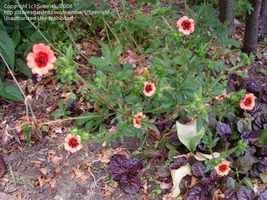 Bluebeard 'Dark Knight'Caryopteris x clandonensis
Bluebeard 'Dark Knight'Caryopteris x clandonensis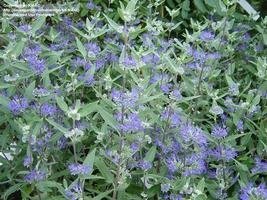 Manzanita Arctostaphylos uva-ursi
Manzanita Arctostaphylos uva-ursi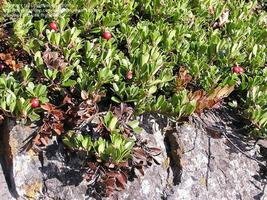 Sand Cherry - 'Pawnee Buttes' Prunus pumila var. besseyi
Sand Cherry - 'Pawnee Buttes' Prunus pumila var. besseyi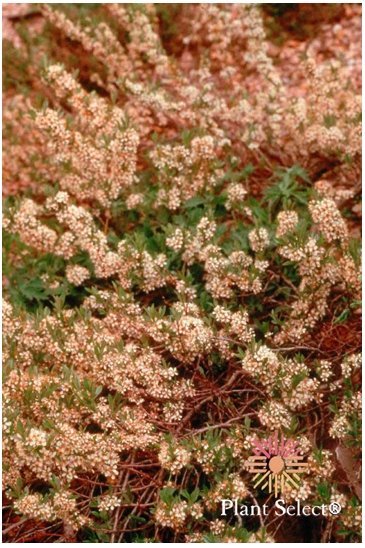 Prairie ConeflowerRatibida pinnata
Prairie ConeflowerRatibida pinnata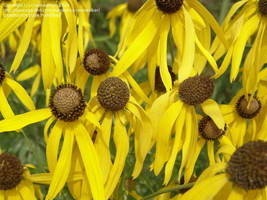 Russian Sage Perovskia atriplicifolia
Russian Sage Perovskia atriplicifolia 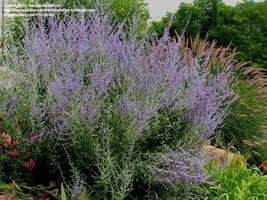 Red YuccaHesperaloe parviflorashe
Red YuccaHesperaloe parviflorashe 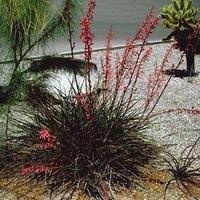 Silver Buffaloberry Shepherdia argentea
Silver Buffaloberry Shepherdia argentea 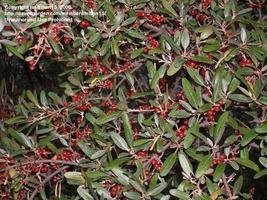 Snow in summer Cerastium tomentosum
Snow in summer Cerastium tomentosum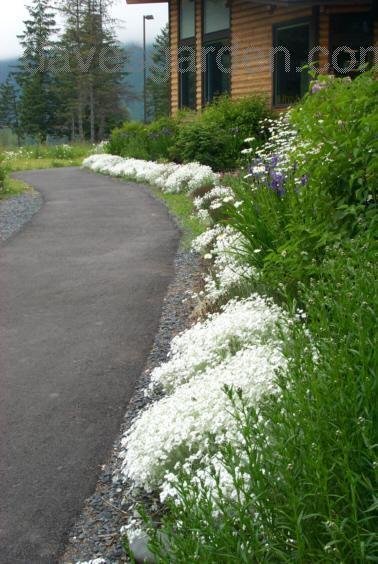 Ice plantDelosperma nubigenum
Ice plantDelosperma nubigenum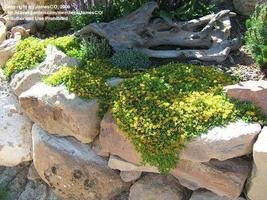 Hummingbird Trumpet Zauschneria californica
Hummingbird Trumpet Zauschneria californica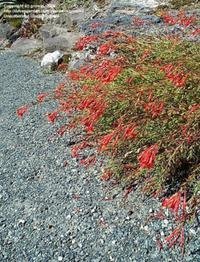 California poppyEschscholzia californica
California poppyEschscholzia californica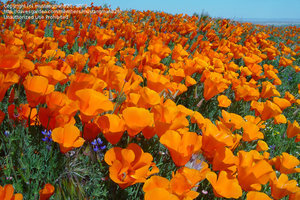 Trailing Lantana 'Trailing Lavender' Lantana montevidensis
Trailing Lantana 'Trailing Lavender' Lantana montevidensis 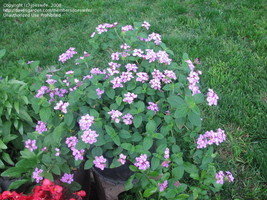 Pineleaf PenstemonPenstemon pinifolius
Pineleaf PenstemonPenstemon pinifolius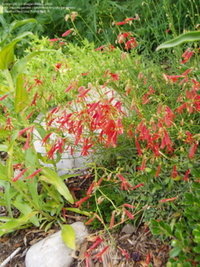 Blue FescueFestuca trachyphylla
Blue FescueFestuca trachyphylla 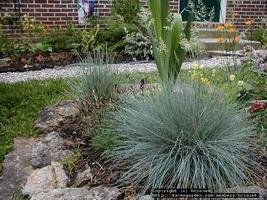 Sea hollyEryngium planum
Sea hollyEryngium planum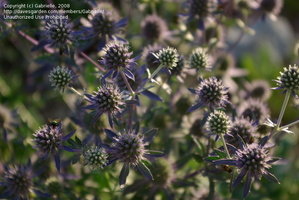 'Tanager' Gazania Gazania krebsiana
'Tanager' Gazania Gazania krebsiana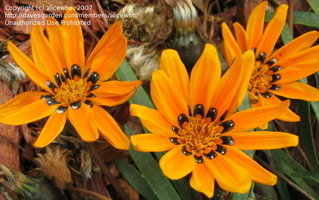 Apache PlumeFallugia paradoxa
Apache PlumeFallugia paradoxa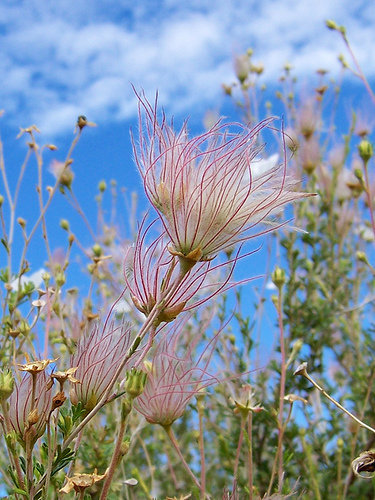 Lead Plant Amorpha canescens
Lead Plant Amorpha canescens 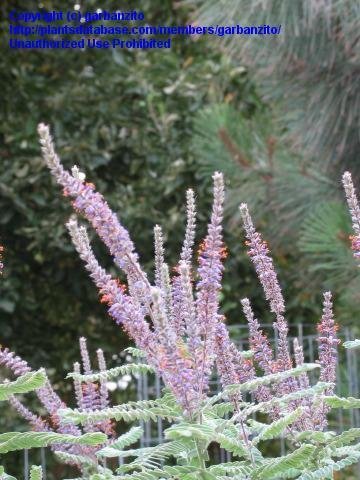 Creeping Rosemary 'Prostratus'Rosmarinus officinalis
Creeping Rosemary 'Prostratus'Rosmarinus officinalis 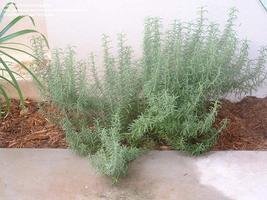 Mojave sageSalvia pachyphylla
Mojave sageSalvia pachyphylla 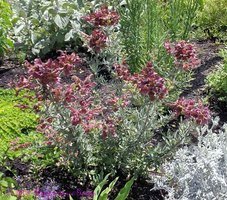 Cotoneaster 'Little Gem'Cotoneaster adpressus
Cotoneaster 'Little Gem'Cotoneaster adpressus 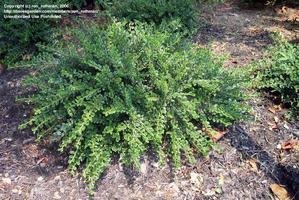 Yarrow 'Paprika'Achillea
Yarrow 'Paprika'Achillea 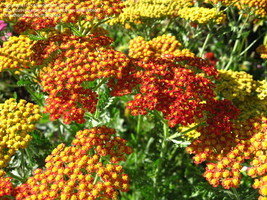
Mulch
As you put in drought-tolerant plants, make sure that you mulch to help the soil maintain adequate moisture. Most of the suggested plants will survive with little to no extra water, but moisture preservation with mulch will surely help. You can use commercial mulch or make your own using pine needles, straw or rocks. Be sure not to mulch too closely to the crown of your plants to prevent rotting. Remember that most drought-tolerant plants like well draining soil and do not need to have wet feet.
Before you dig
Some municipalities have restrictions on what homeowners can do with their hellstrip. Often the land is actually city-owned and therefore city-governed. Most places will allow you to landscape, but have strict regulations on plant height for safety reasons. Make sure you have underground utilities marked and consult city ordinances before you dig.
When you begin to successfully use the formerly wasted space of the hellstrip, you can transform your landscape with welcoming curb appeal. Plant the right plants the first time and they (and you) won't languish in the tough conditions any longer. You really can have a colorful and thriving hellstrip planting.
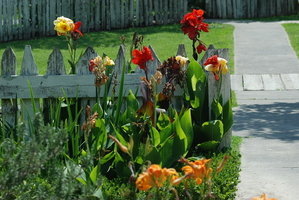
Thumbnail of house - morguefile, gracey
Sea Holly - GabrielleTrailing Lantana - JoeswifeContoneaster - Ron_rothmanRed Yucca - WynnAnderson/Chihuahuan Desert GardenSidewalk with Cannas - morguefile photojockCopyright © www.100flowers.win Botanic Garden All Rights Reserved